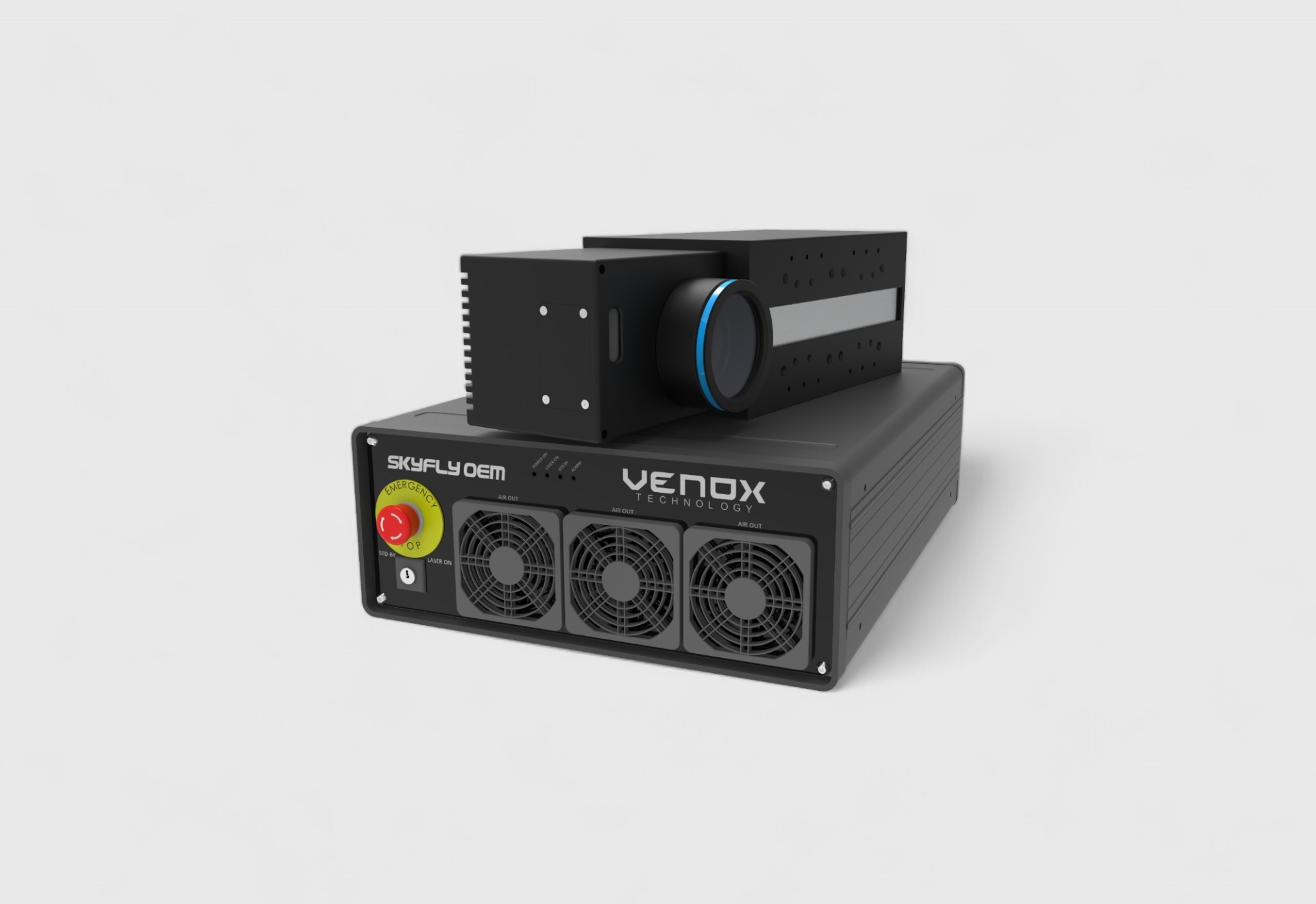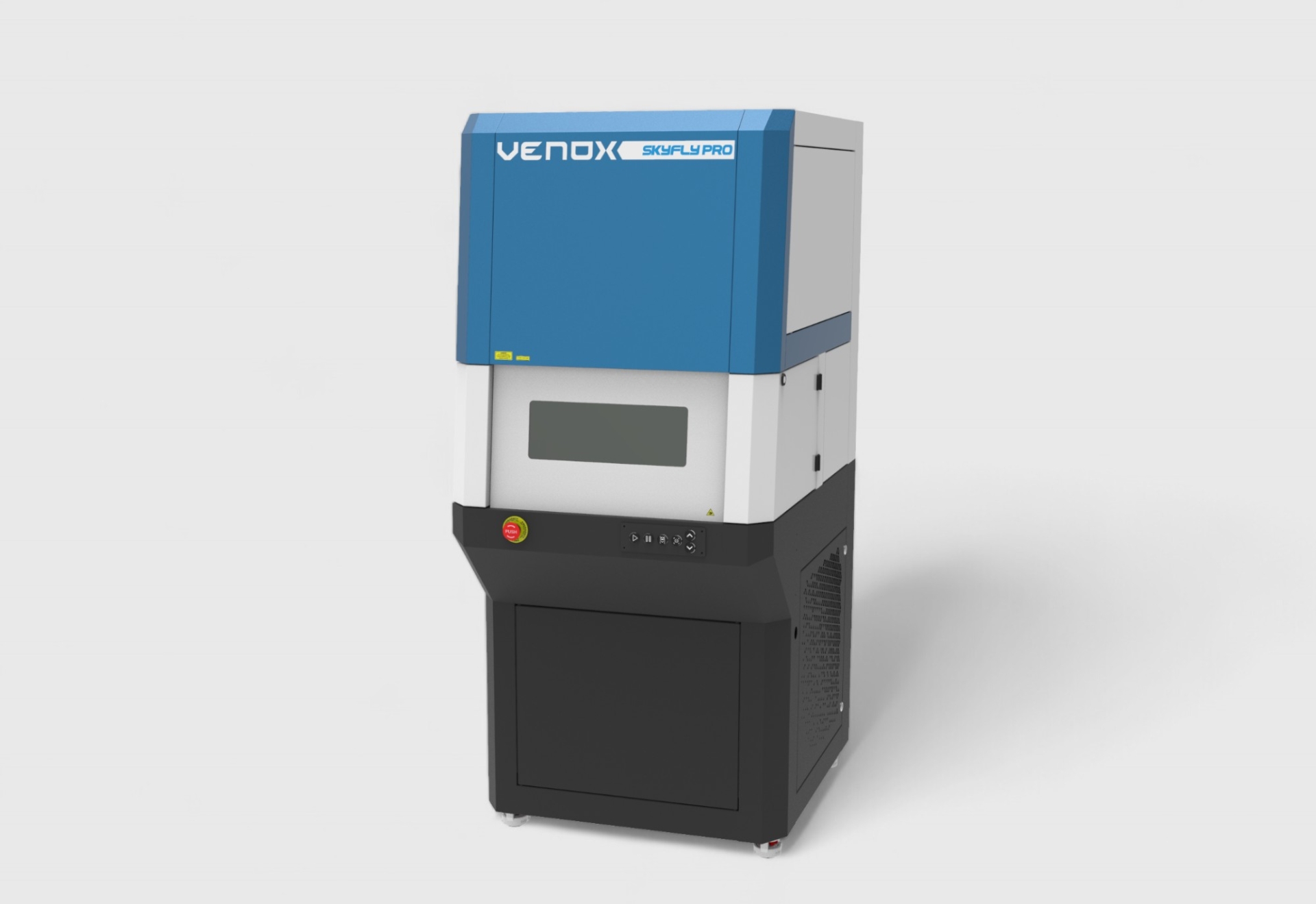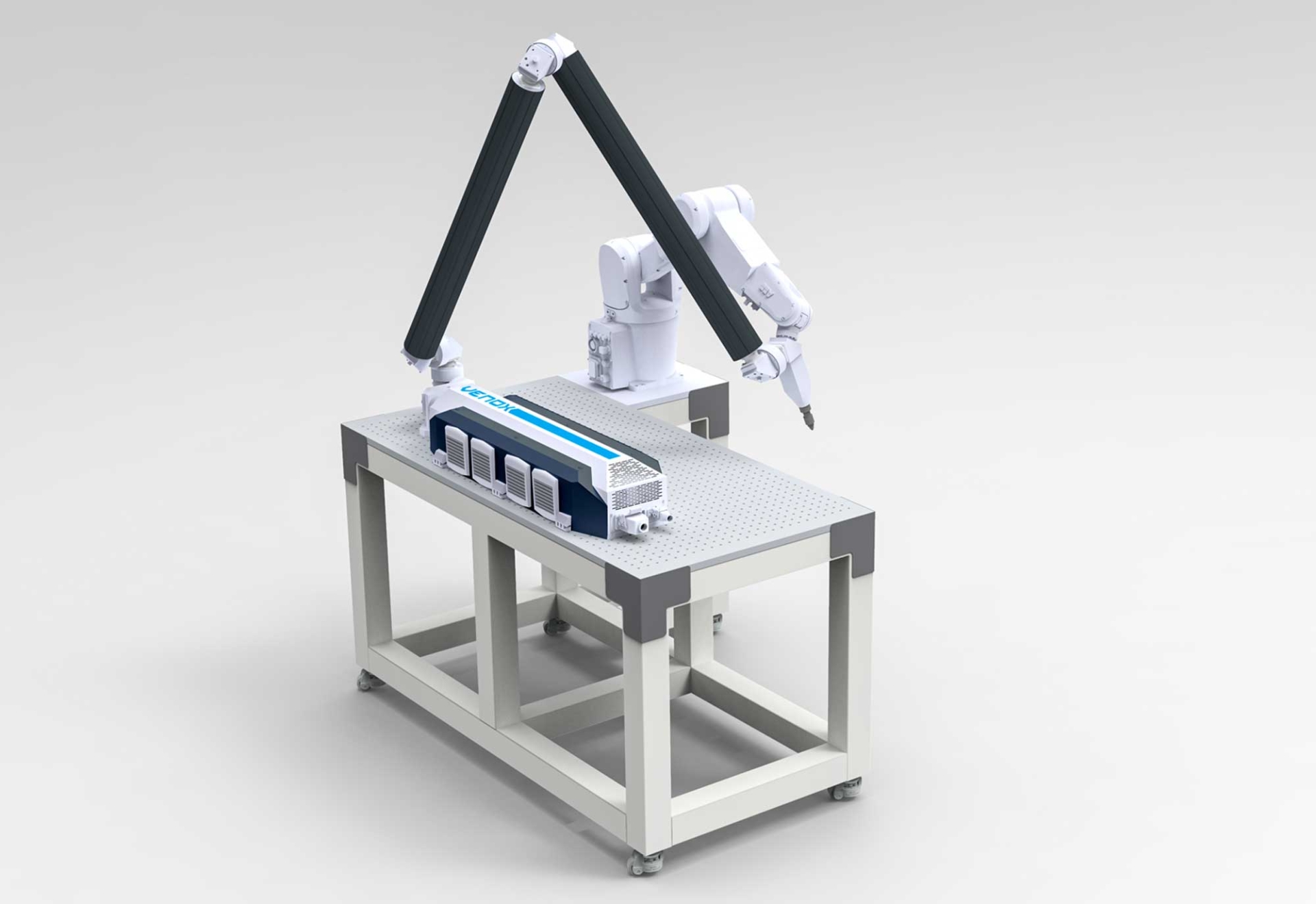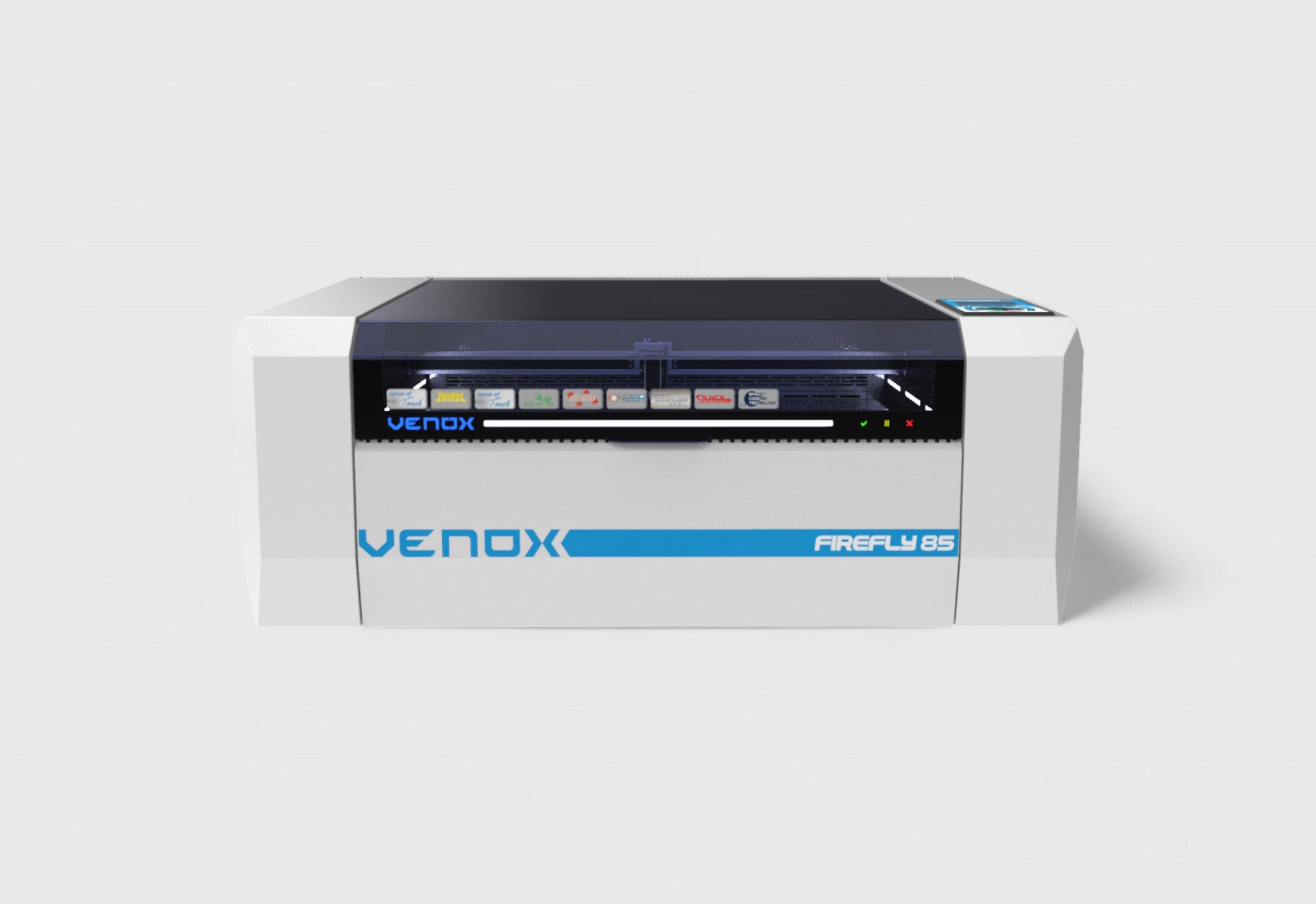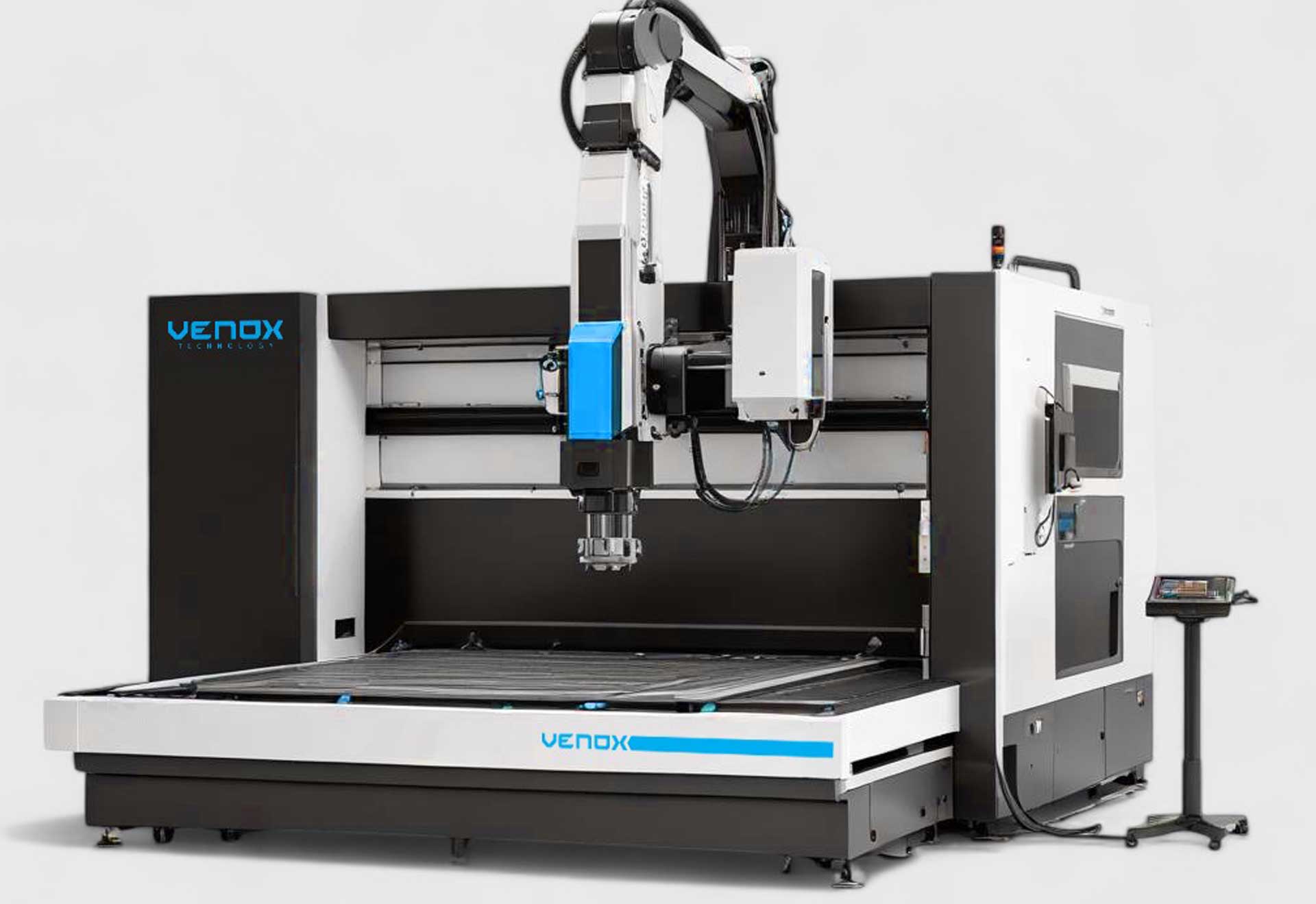Laser Marking: A Comparison of Fiber, CO2, and UV Technologies
The Role of Laser Systems in Modern Manufacturing Technologies
Why Laser Marking?
Laser marking is a technology that provides permanent solutions for product identification, traceability, counterfeiting prevention, and aesthetic branding across various industries. Its contactless operation, lack of consumables, and environmentally friendly nature offer significant advantages over traditional printing and engraving methods.
Key Differences Between Fiber, CO2, and UV Laser Systems
Laser technologies are generally classified based on processing wavelength, type of energy, and their effects on materials. Below is a detailed comparison of the three most commonly used laser systems.
1. Fiber Laser Technology
Fiber lasers operate at a wavelength of 1064 nm and deliver very high energy density. Thanks to their invisible (infrared) laser beam, they are highly effective on many hard or reflective surfaces.
- Long-life laser source (approximately 100,000 hours)
- High-speed marking and deep engraving capability
- Low energy consumption
- Color marking possible with MOPA versions
2. CO2 Laser Technology
CO2 lasers operate at a wavelength of 10.6 microns and offer highly efficient processing performance especially on organic materials. They are commonly used for materials such as wood, leather, fabric, glass, acrylic, ceramic, and paper.
- Clean cut edges and decorative engravings
- Suitable for large processing areas
- Limited tube life in gas-tube-based systems
- Generally the first choice for non-metal applications
3. UV Laser Technology
UV lasers operate at a wavelength of 355 nm and perform “cold processing,” enabling precise marking with minimal thermal impact on the material surface.
- Effective on reflective and transparent materials (e.g., glass, plastic, PCB)
- Ideal for very small characters and codes
- Suitable for applications that cannot tolerate thermal deformation
- Higher cost compared to other systems
Comparison Table
| Laser Type | Wavelength | Advantages | Suitable Materials |
|---|---|---|---|
| Fiber | 1064 nm | Long lifespan, low energy, fast marking | Metal, plastic, coated surfaces |
| CO2 | 10.6 µm | Large area processing, effective on wood and organic materials | Wood, leather, glass, acrylic, paper |
| UV | 355 nm | High precision, cold processing, transparent/reflective surface compatibility | Plastic, glass, PCB, medical materials |
Energy Consumption and Efficiency Comparison
Fiber lasers are among the most efficient systems due to their low power consumption. CO2 lasers require more energy and periodic gas tube replacement. UV lasers are highly precise but require more controlled energy management.
Maintenance Requirements Comparison
Fiber lasers are among the systems that require the least maintenance. The tube life of CO2 lasers is limited, so periodic replacement is necessary. UV lasers require careful handling and professional servicing due to their sensitive structure.
Marking Quality and Contrast Level
UV lasers stand out in applications that require high contrast and ultra-fine detail. Fiber lasers are suitable for deep engraving and sharp lettering. CO2 lasers offer softer, more decorative surface treatments.
Reasons for Preference by Application Area
Fiber laser: Industrial applications on metal, plastic, and hard materials.
CO2 laser: Creative applications such as packaging, advertising, and woodworking.
UV laser: Applications requiring precise marking in medical, electronics, and delicate components.
Conclusion and Recommendations
The choice of laser system depends on the material to be processed, required precision, budget expectations, and energy efficiency. Fiber lasers are ideal for durable and high-speed operations. CO2 lasers offer creative and aesthetic solutions for organic surfaces, while UV lasers are indispensable for delicate applications requiring fine detail.
For more detailed information and to determine the most suitable laser system for your needs, you can contact the experts at Venox Teknoloji.
